Avoiding common mistakes while cleaning is essentially for maintaining a clean and healthy home. Proper cleaning habits can enhance the longevity and appearance of your living space while ensuring a safer environment.
Not Cleaning Before Disinfecting
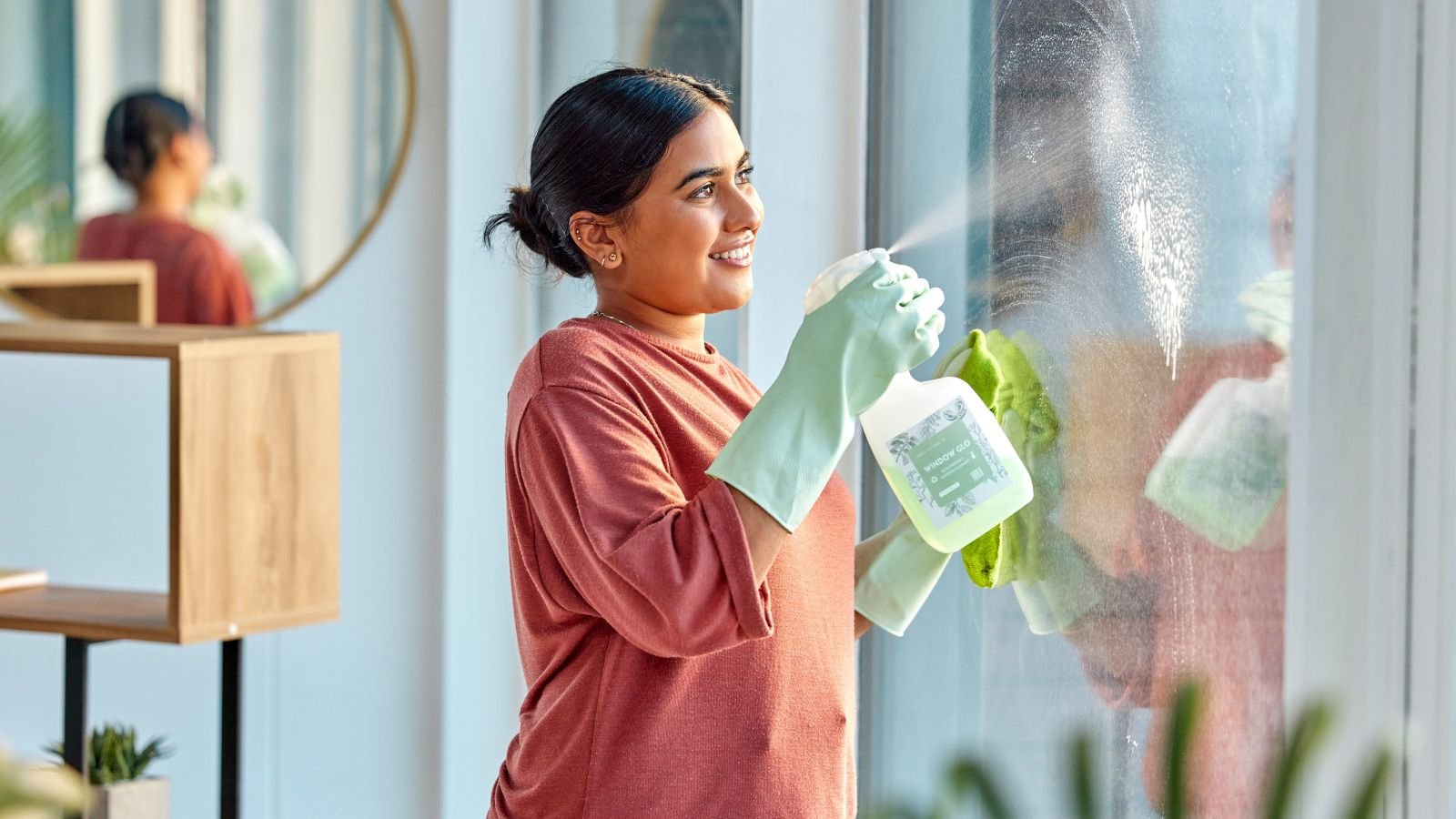
Cleaning and disinfecting are not the same. Keeping this distinction in mind is crucial for effectively sanitizing surfaces. Cleaning removes dirt and germs. On the other hand, disinfecting kills the germs with chemicals. If a surface is dirty, the disinfectant can’t work properly. Always clean first to remove residue and debris, ensuring the disinfectant can be effective.
Wiping Surfaces Too Soon
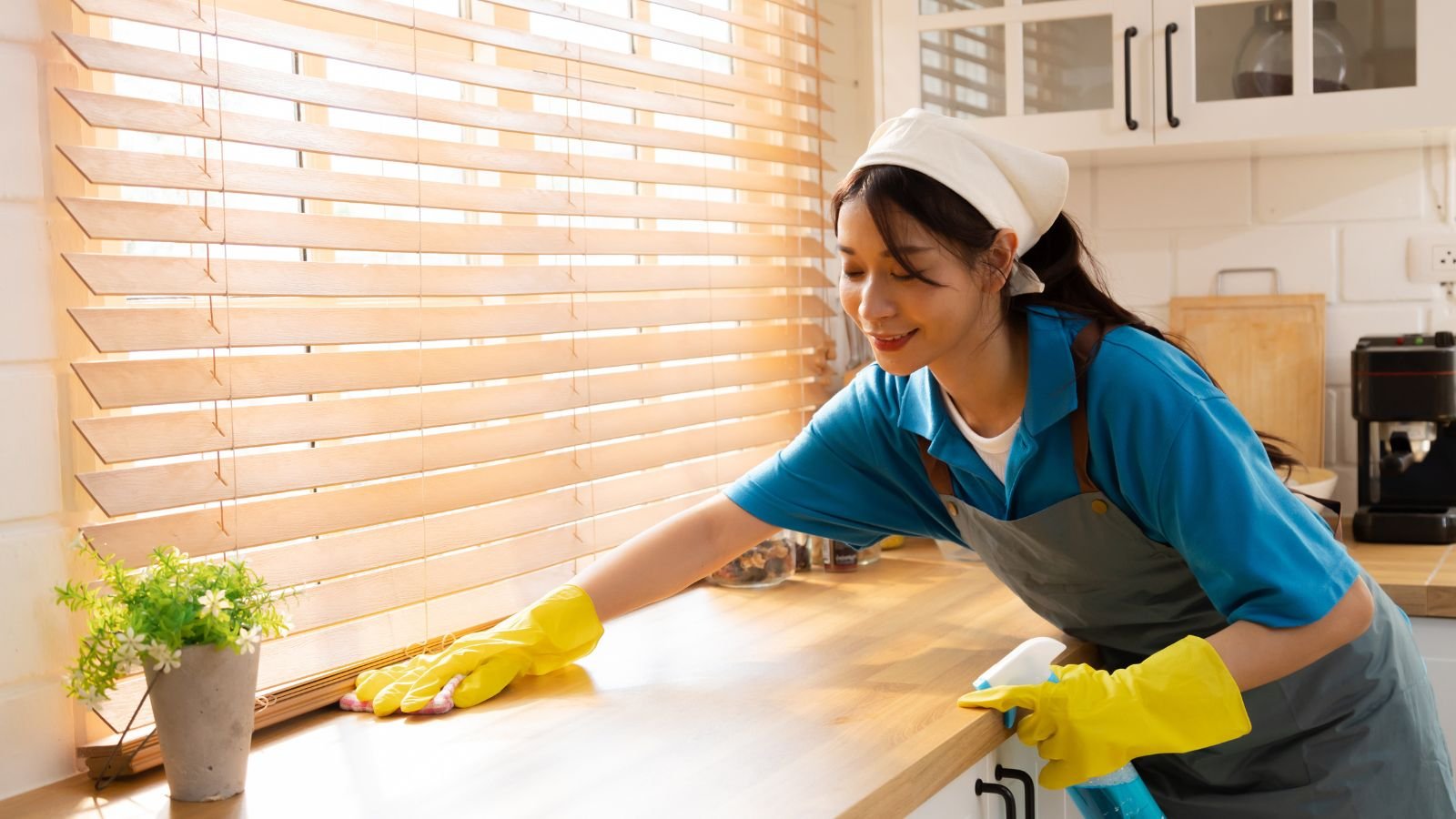
For a truly clean surface, it is important to let disinfectants sit for the right amount of time. Simply spraying and wiping won’t eliminate all germs. Disinfectants need to stay wet on the surface for several minutes to be effective. Check the label for the recommended contact time to ensure proper sanitizing.
Cleaning Electronics with Water
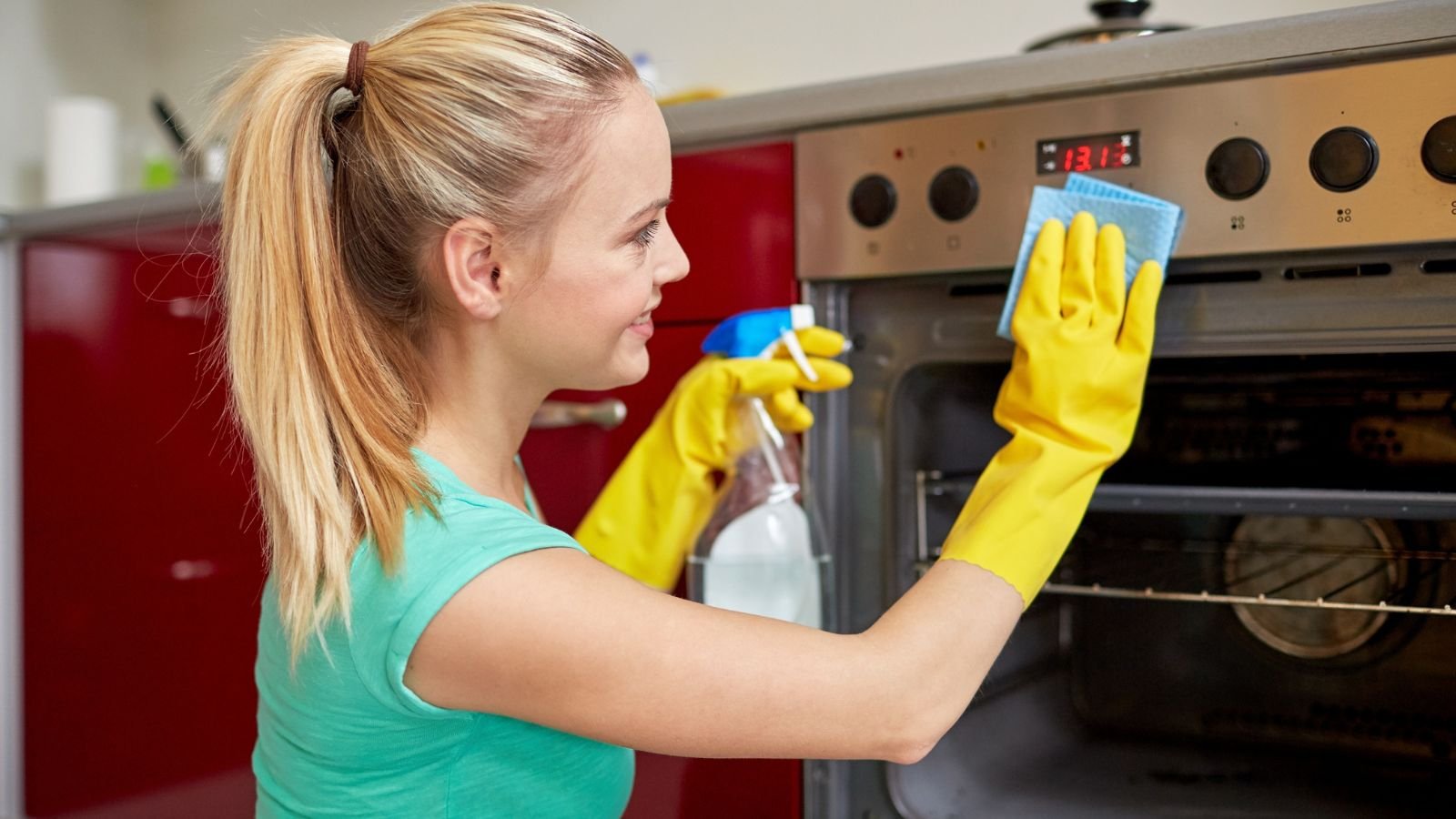
Using water to clean electronics is a bad idea. It can cause serious damage like short circuits and corrosion. Electronics are very sensitive to moisture, and even a small amount can cause them to malfunction. Use a dry microfiber cloth or compressed air for safe cleaning, or opt for specialized electronics cleaning solutions to avoid any water damage.
Keep Cleaning Supplies in Different Locations

Having cleaning supplies scattered around the house might seem practical. However, it can lead to confusion and wasted time. It is more efficient to keep all your cleaning products in one secure spot. This way, you can easily find what you need, keep track of your supplies, and avoid unnecessary purchases.
Lack of Proper Ventilation

Good ventilation is crucial when using strong cleaning products like ammonia or bleach. These products can release fumes that irritate your airways. Ensure proper ventilation by turning on a fan, opening a window, or using an air purifier. This helps clear the air, making cleaning safer and more comfortable.
Not Cleaning in a Structured Manner
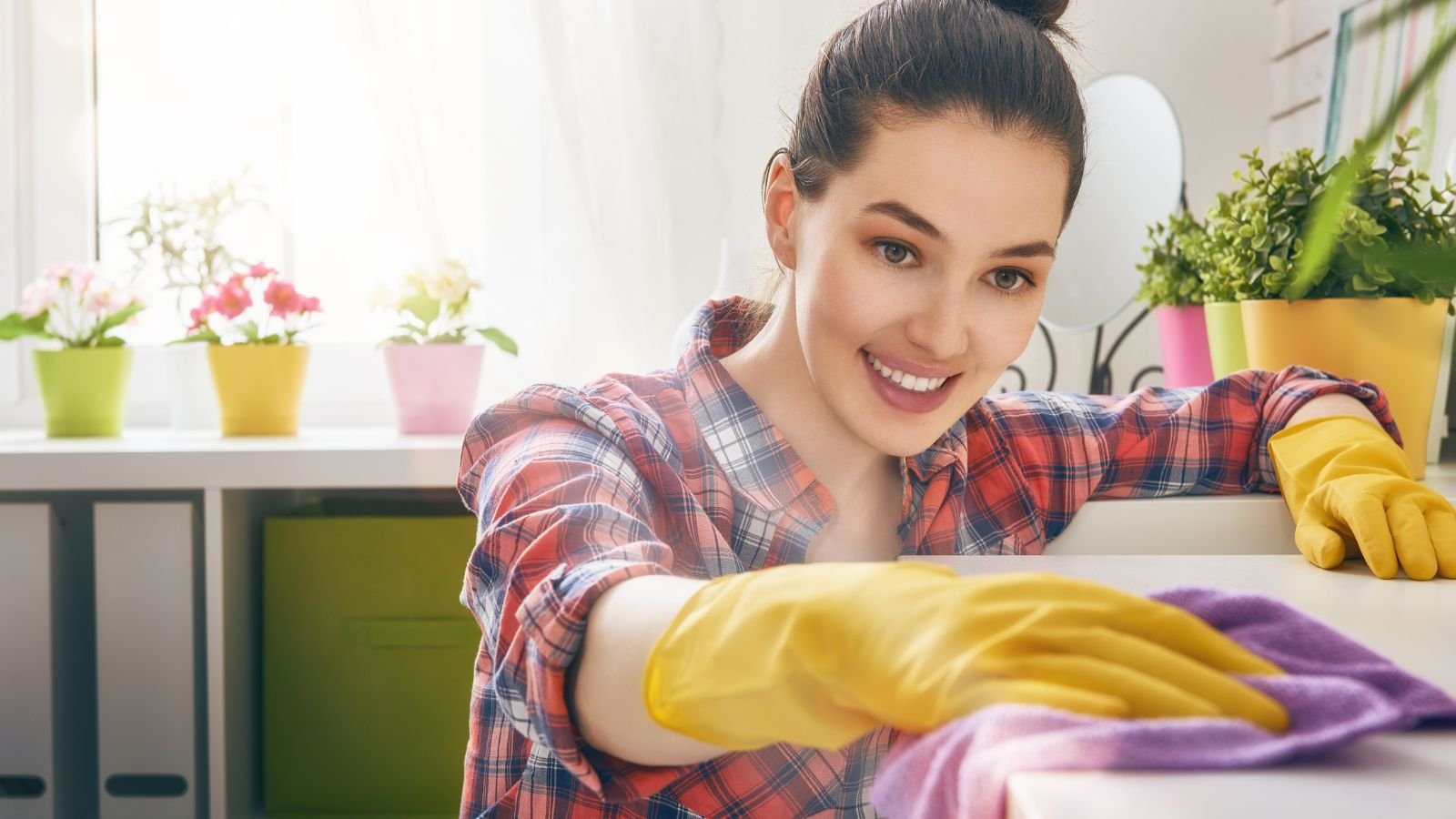
Cleaning without a systematic approach can make the process less efficient and more time-consuming. Cleaning from top to bottom and left to right ensures no area is missed and prevents dirt from falling onto already-cleaned surfaces. This structured method saves time and ensures thorough cleaning of each room.
Putting Sharp Objects in Dishwasher

Placing sharp objects like knives in the dishwasher can dull their edges and potentially damage the dishwasher. The jostling during the wash cycle can also harm the dishwasher’s interior. Washing sharp items by hand maintains their sharpness and ensures safety.
Not Following Manufacturer’s Instructions
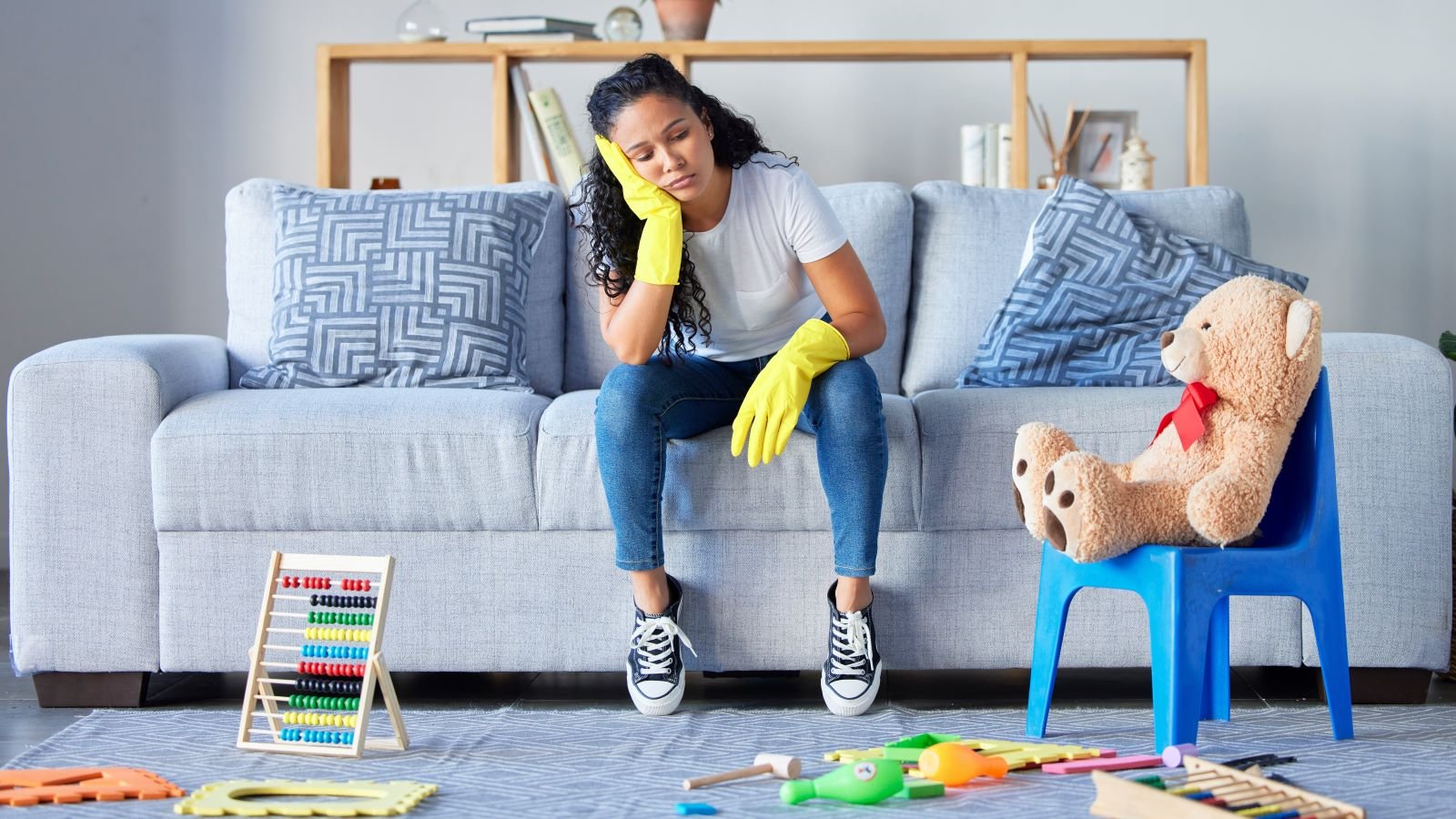
Ignoring the manufacturer’s instructions can lead to improper cleaning and potential damage to your items. These guidelines are designed to ensure safety and optimal performance. Following the instructions carefully maximizes the efficiency of your cleaning efforts and helps prolong the life of your appliances and surfaces.
Using the Same Washcloth Across Multiple Surfaces
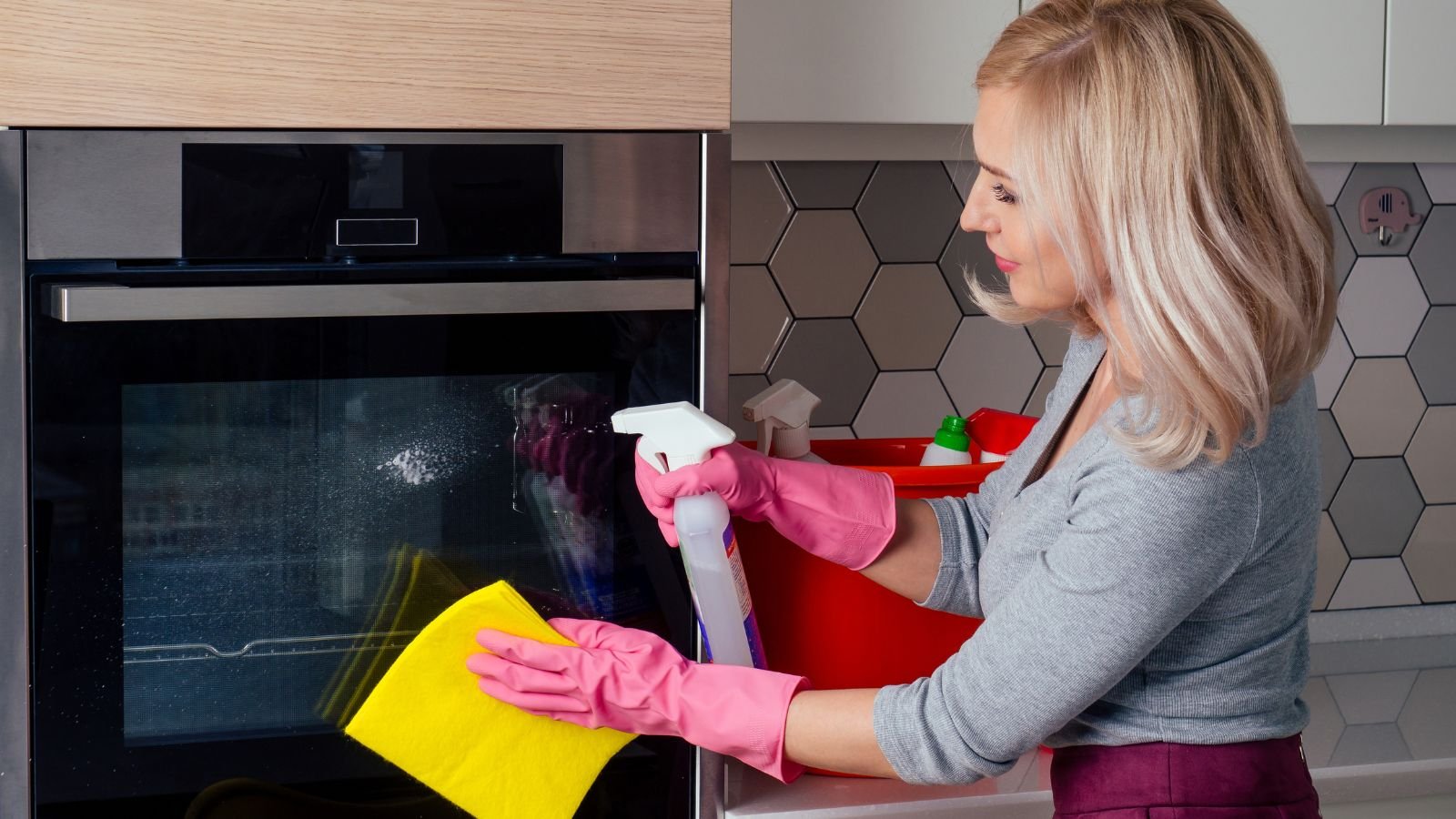
Using the same cloth to clean different areas of your home spreads germs and grime from one place to another. To prevent cross-contamination, use different clothes for each room and wash them frequently. If using disposable wipes, use a fresh one for each cleaning task to maintain hygiene.
Rubbing Stains Instead of Blotting
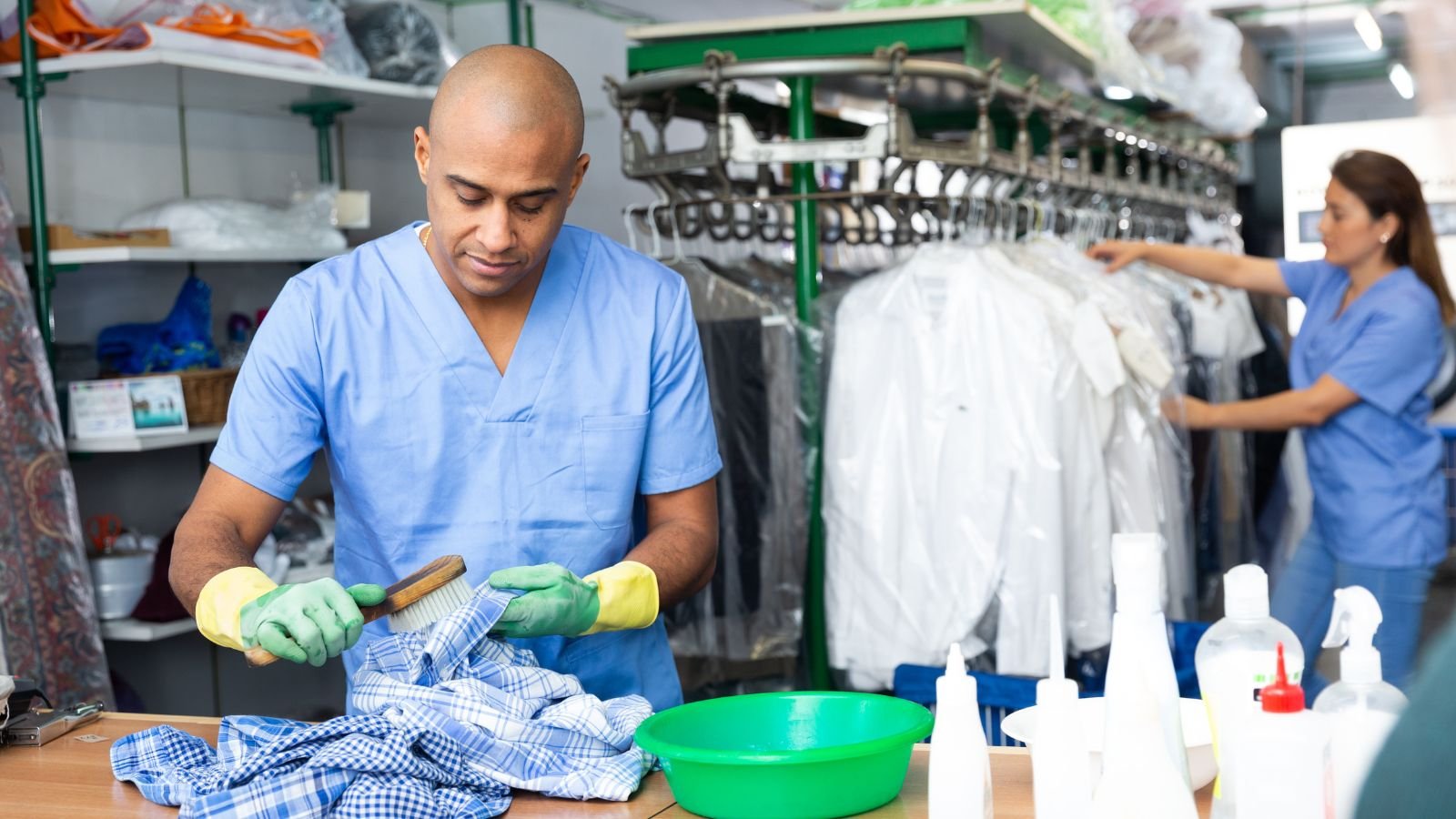
Rubbing stains can cause them to spread and set deeper into the fabric, potentially damaging it. Instead, always blot stains with a clean cloth to absorb the spill. Then, use a suitable stain removal method for the material to effectively clean the stain without causing further damage to the fabric.
Using Bleach on Colored Clothing
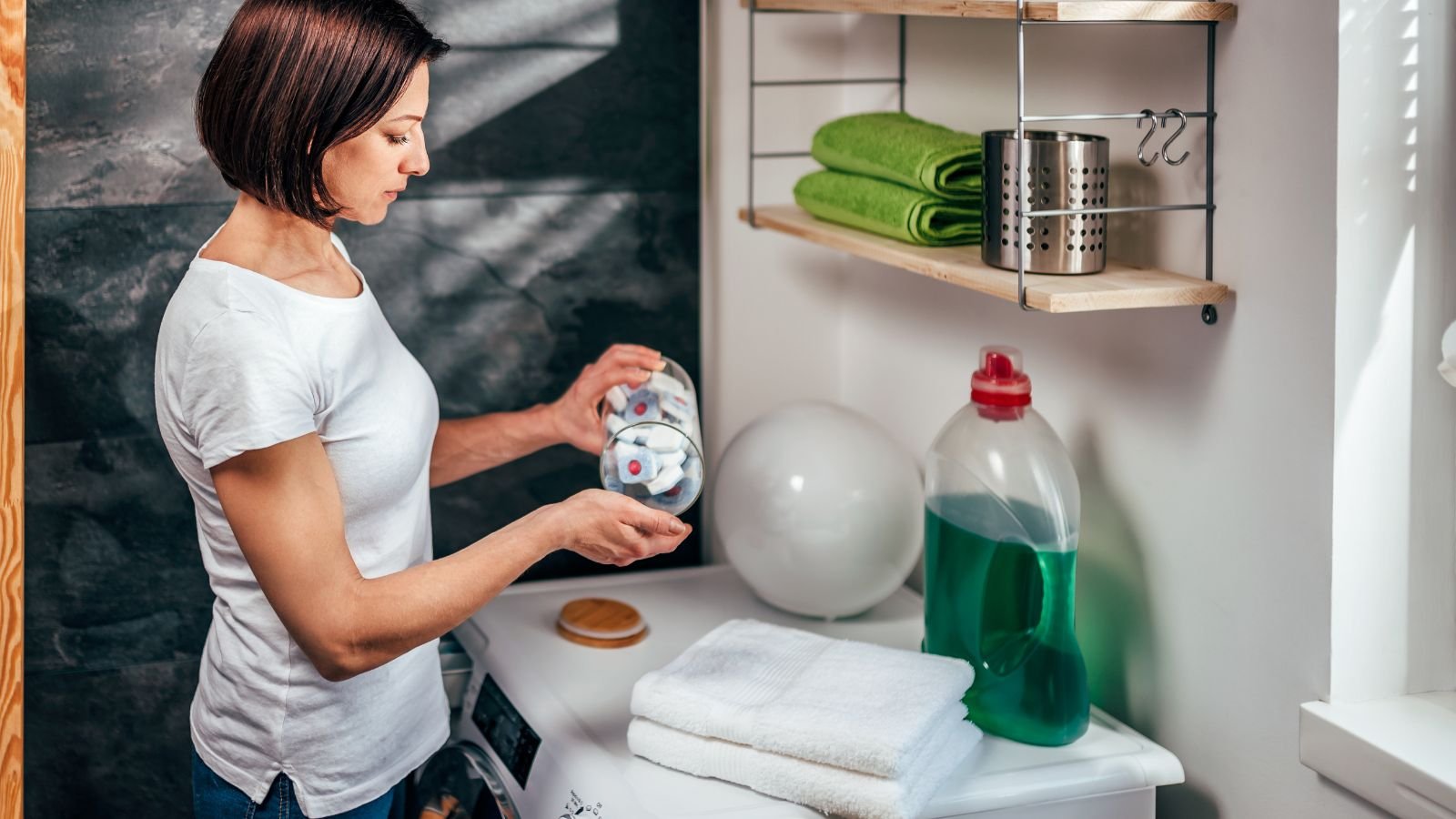
Bleach can ruin colored fabrics, causing them to fade and weaken. Always check clothing labels to see if bleach is safe to use. For a safer way to keep clothes clean and fresh, opt for laundry detergents designed to fight odors and stains without causing damage.
Not Wearing Protective Gear
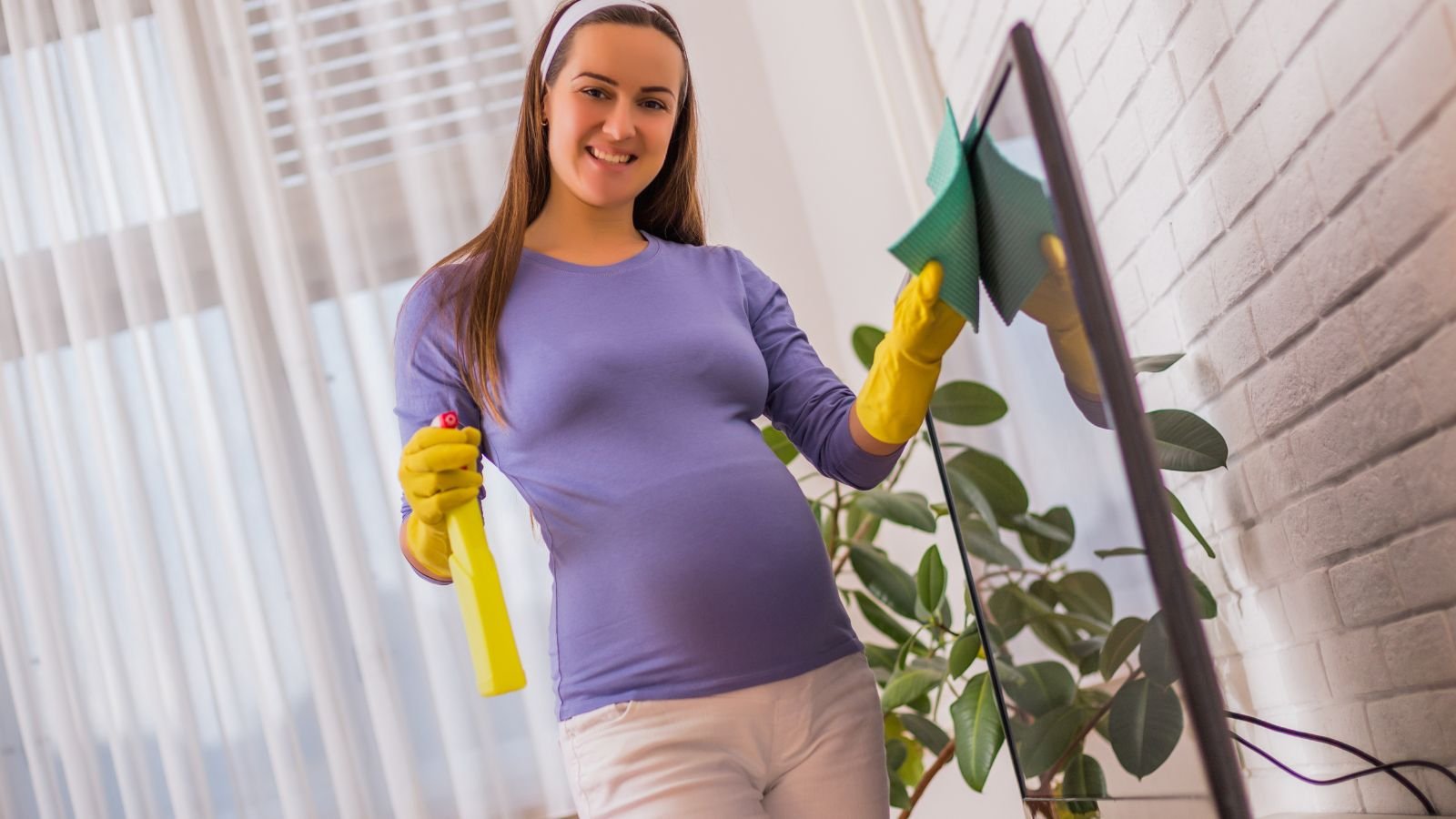
Skipping protective gear when using strong chemicals can seriously affect your health. Harsh cleaners can irritate the skin, eyes, and respiratory system. Always wear gloves to protect your skin, goggles for eye protection, and if needed, a mask to filter out harmful fumes, ensuring a safer cleaning process.
Using Dirty Cleaning Tools

Cleaning with dirty tools just spreads more dirt and germs around your home. Make sure your cleaning cloths, scrub brushes, and mop heads are clean before use. Regularly wash and sanitize these items, including vacuum filters and toilet bridges. These help in maintaining their effectiveness and avoiding recontaminating surfaces.
Cleaning Surfaces with Sponges

Using sponges for cleaning can be problematic as they often harbor bacteria. This can spread germs to other surfaces instead of removing them. It is better to use a clean microfiber cloth for wiping down surfaces. If you do use sponges, disinfect them regularly and replace them about once a month to keep them sanitary.
Mixing Cleaning Products
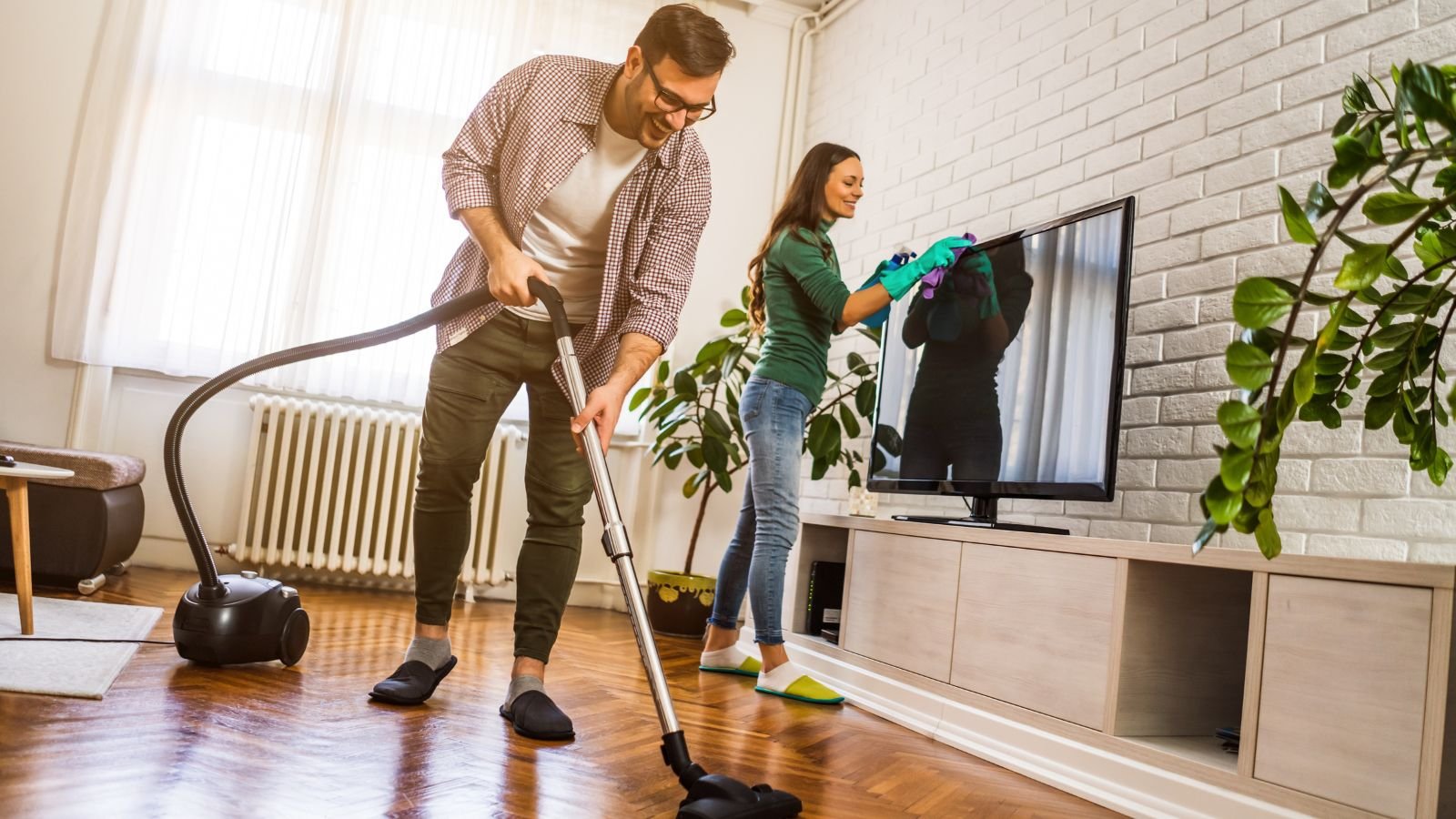
Mixing clean products can be dangerous and should be avoided. Combining chemicals like bleach and ammonia can produce toxic gasses that are harmful to health. Always use each product as directed, and never mix them unless instructions state it is safe to do so.
Using Too Much Water on Wood and Laminate Items
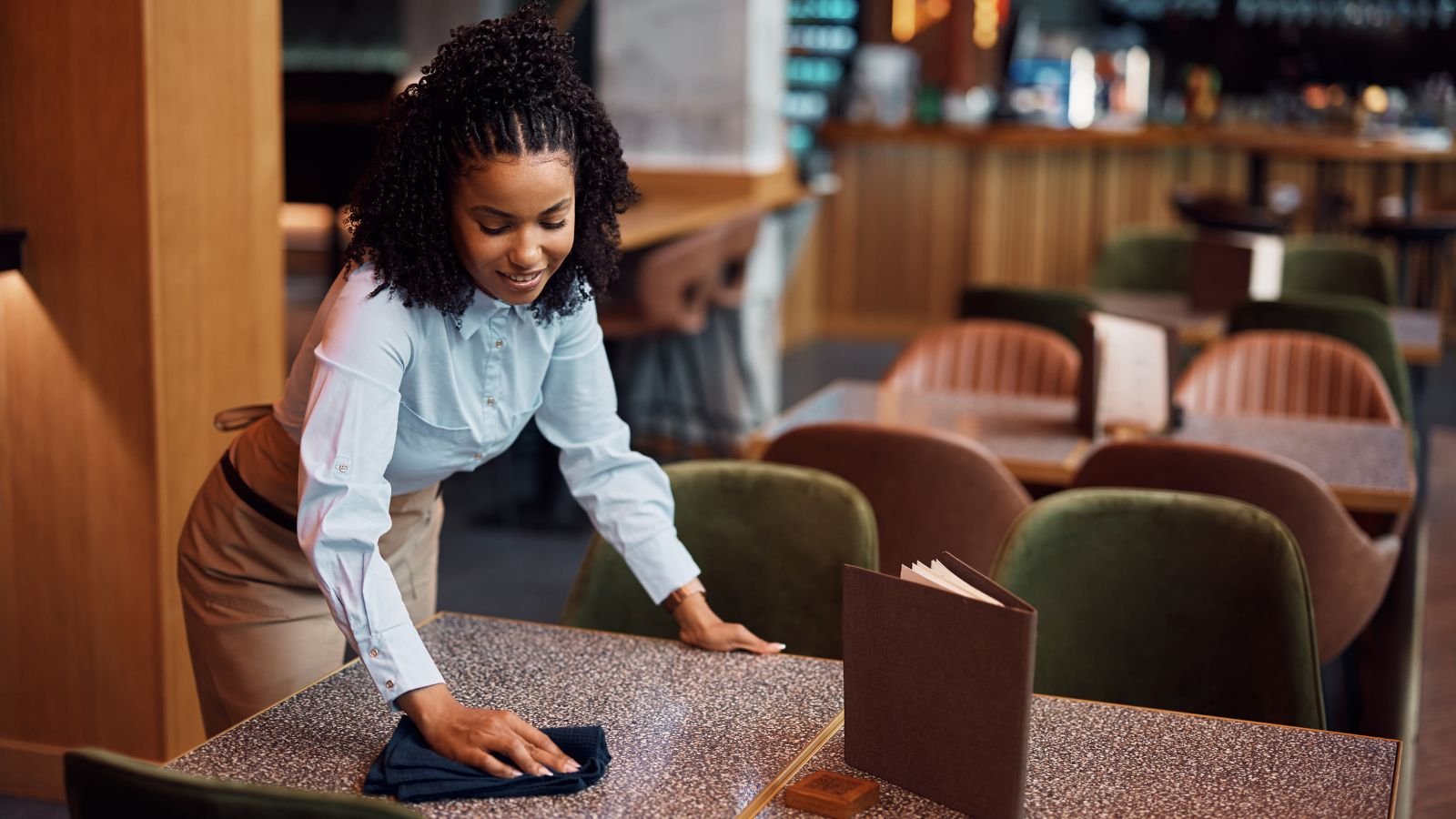
Using too much water on wood and laminate can cause serious damage. It can lead to swelling, warping, or mold. Instead, use a damp mop or cloth to clean these surfaces and dry them afterward. This method protects the integrity of the material while keeping it clean.
Scrubbing Carpet Stains
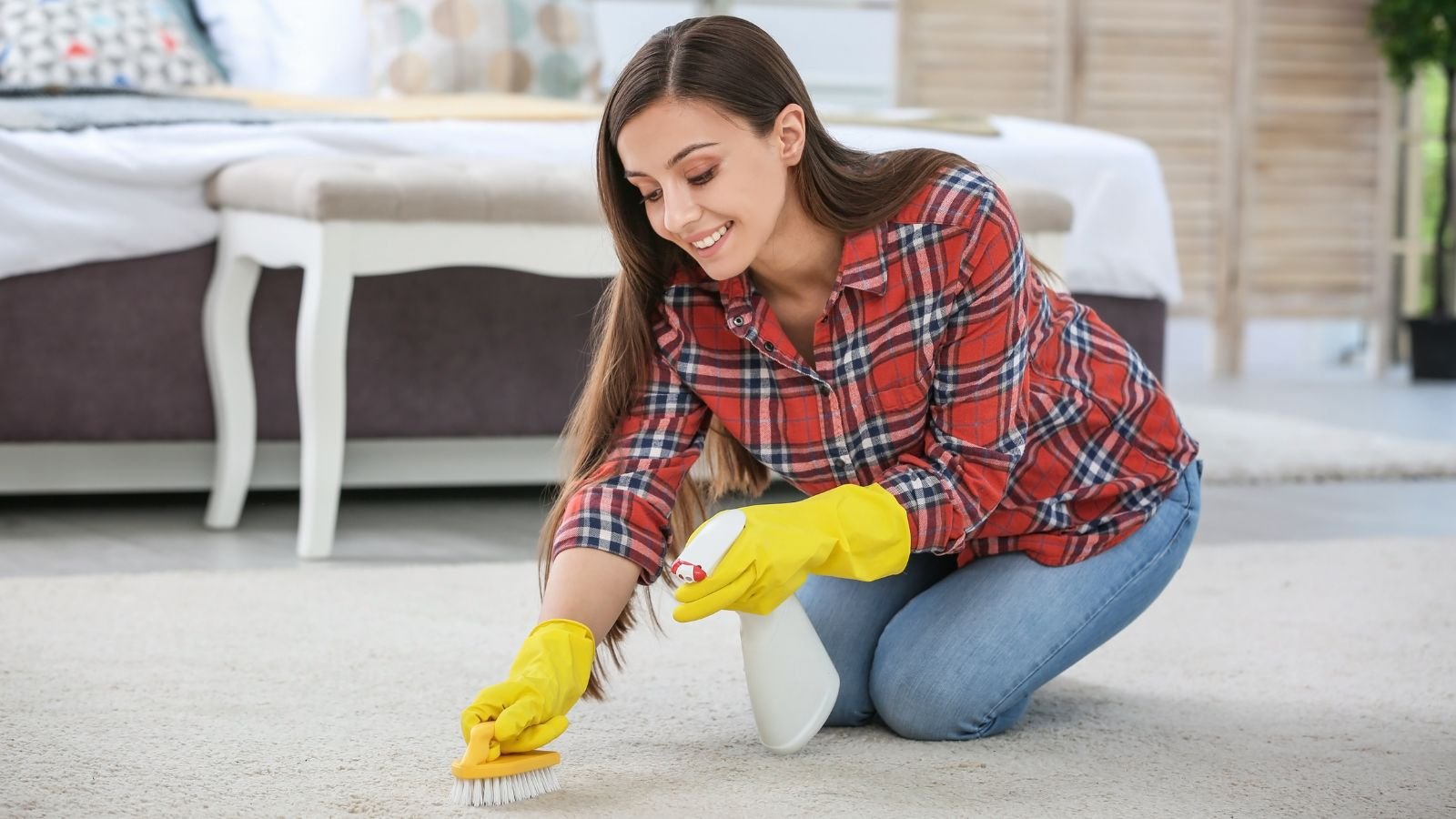
Scrubbing carpet stains can make them worse by pushing the stain deeper and damaging the fibers. Blot stains gently with a clean cloth and a suitable cleaning solution. Follow up with a proper carpet cleaning according to the manufacturer’s instructions to remove the stain without harming the carpet.
Overlooking Small Items

Neglecting small items during cleaning can lead to a buildup of germs on frequently touched surfaces. Items like door handles, light switches, and remote controls are used daily and can harbor bacteria. Regularly disinfect these items to maintain a cleaner home and reduce the spread of germs, especially during flu season.
